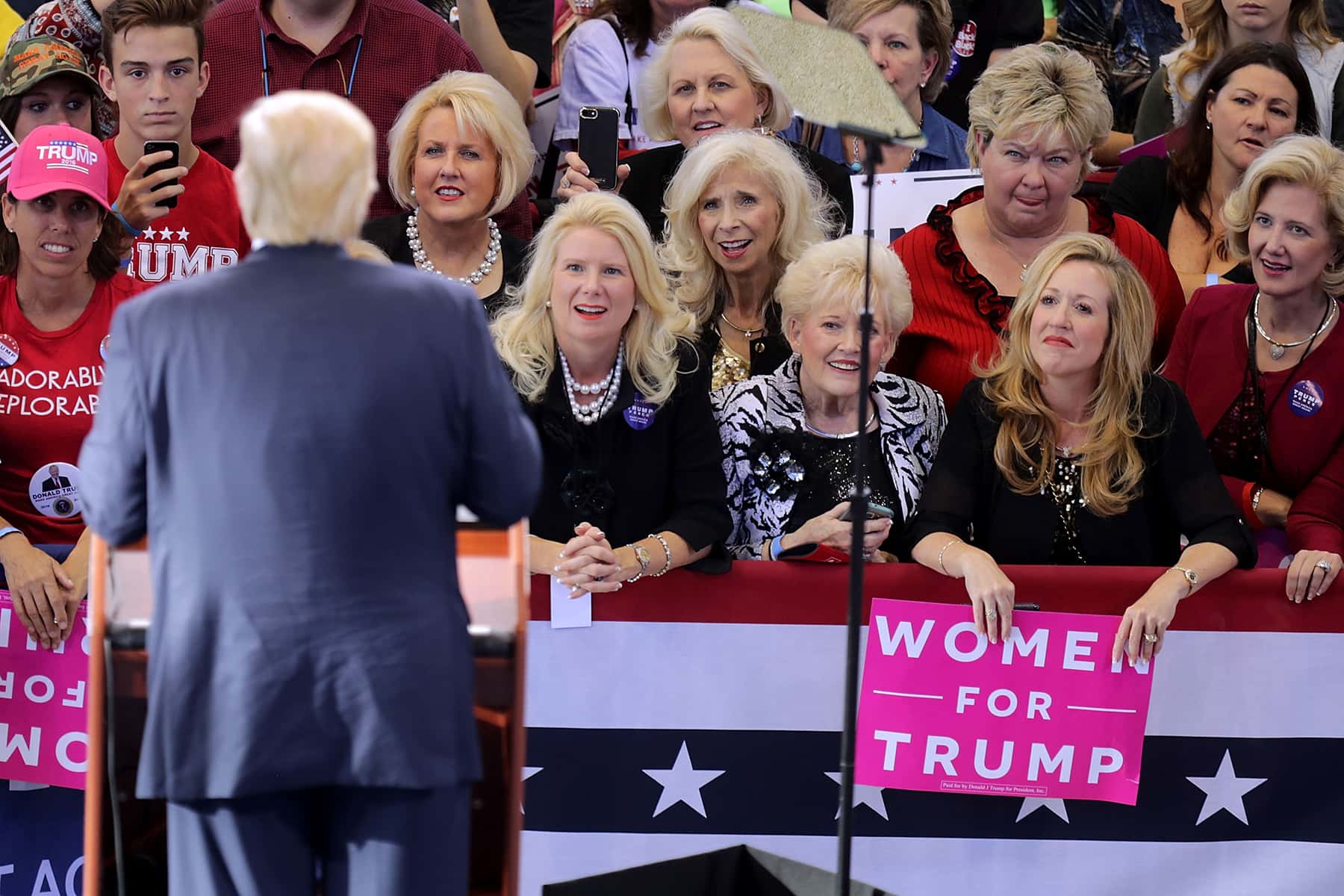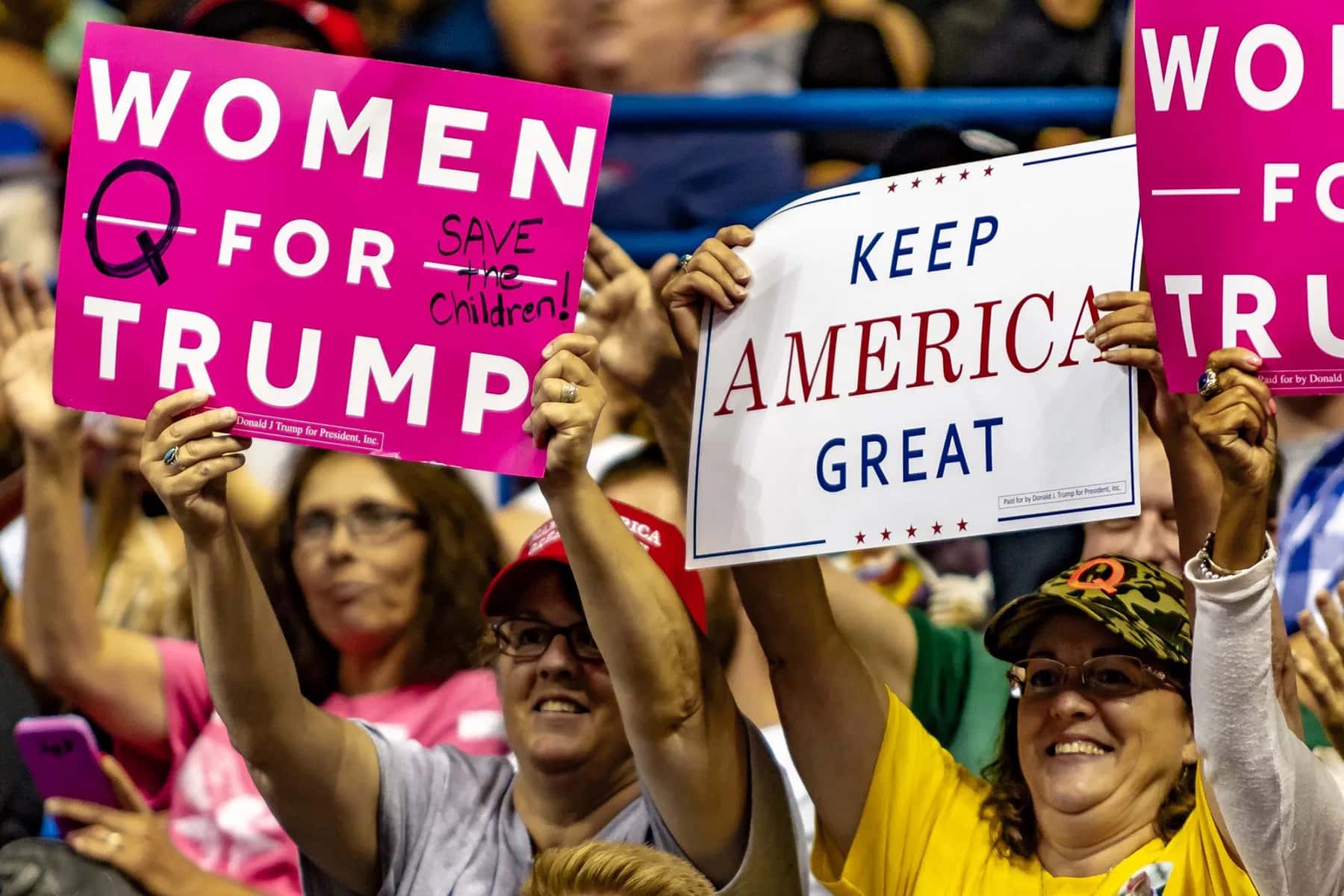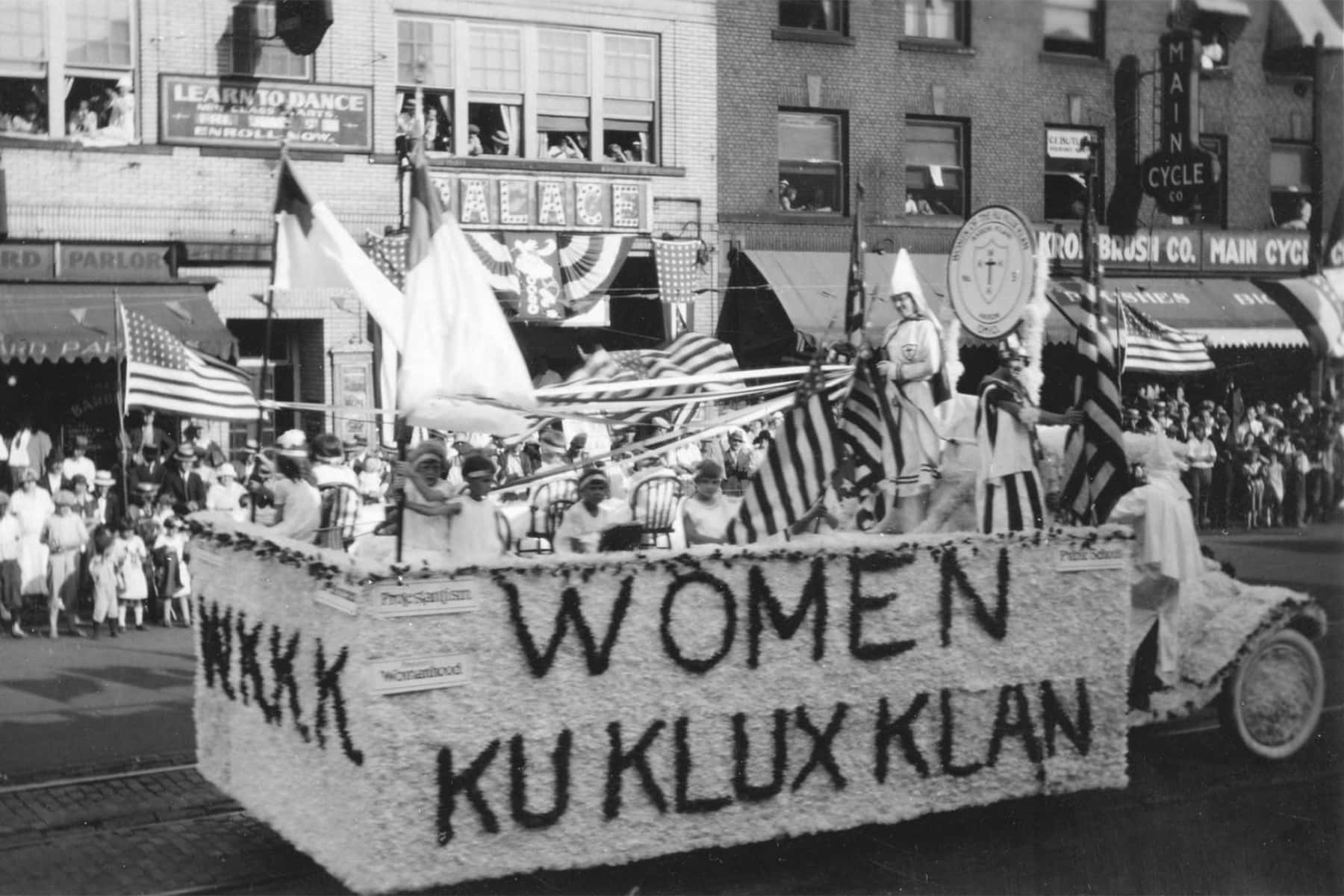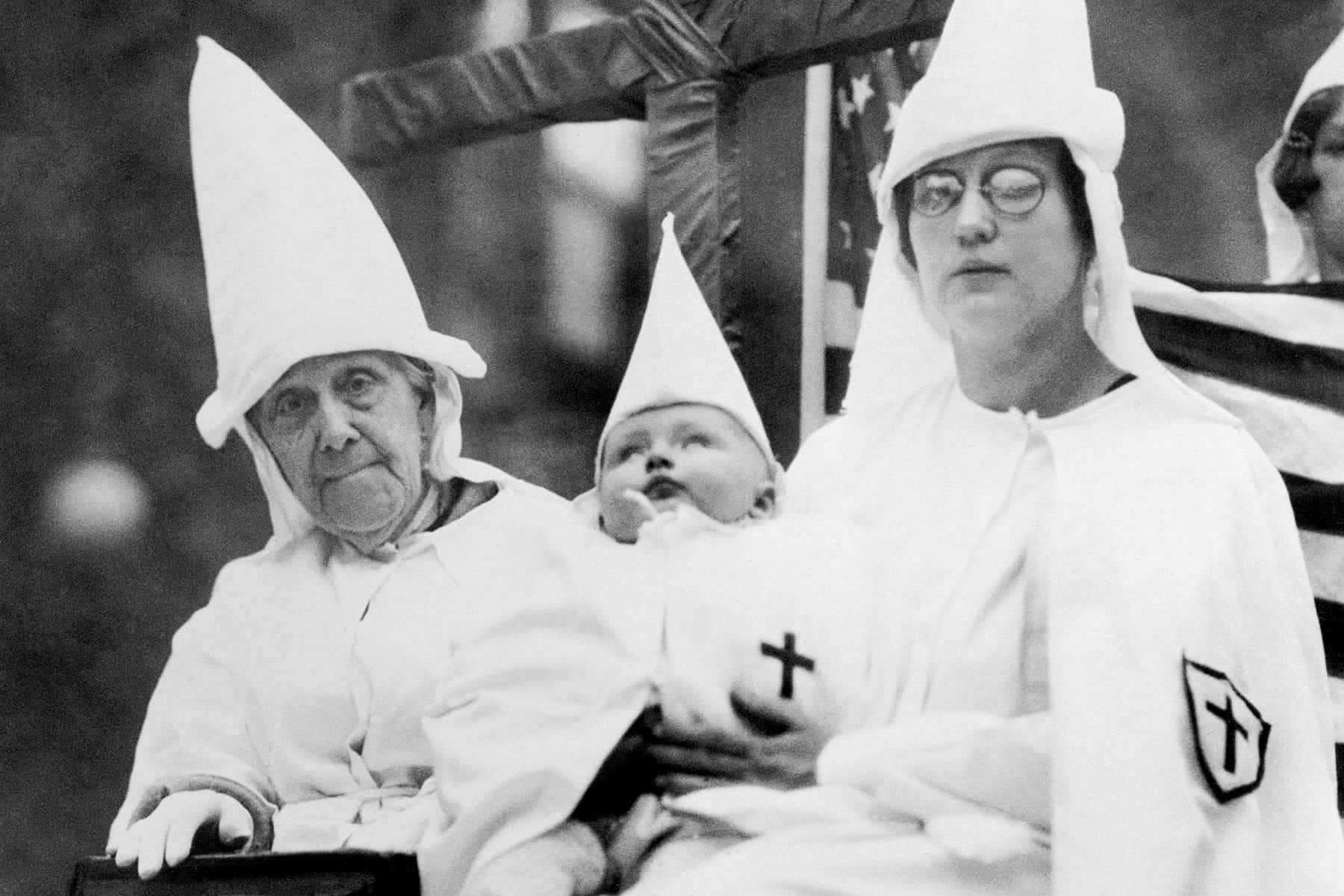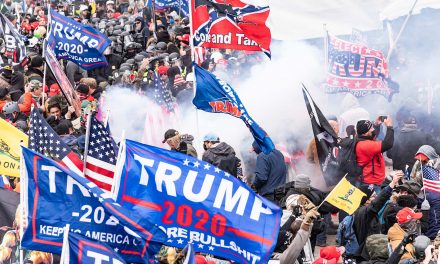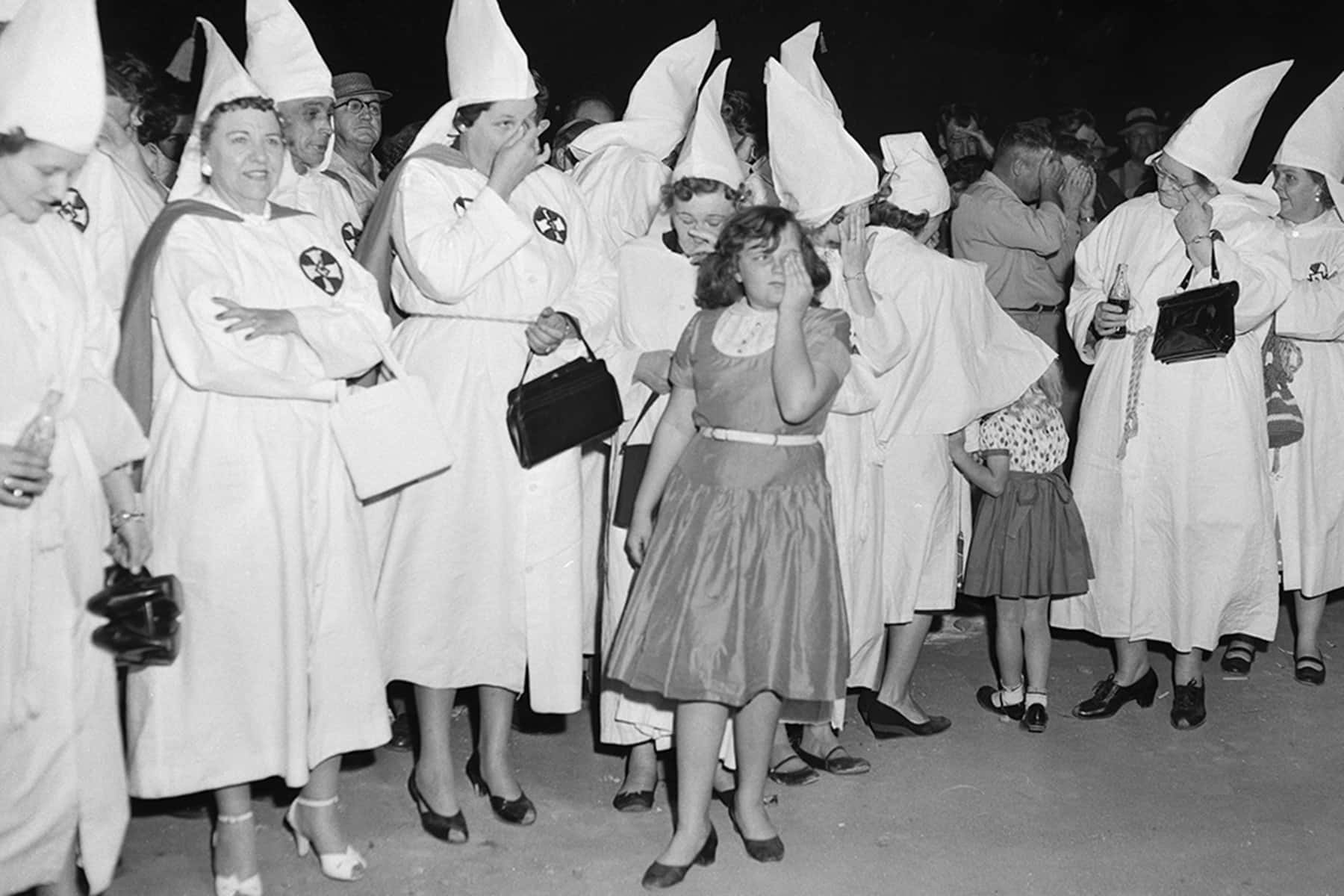
“Let each issue of your paper contain something telling of the bright side, of the com shuckings, the quiltings, the barbecues, the big meetings, the weddings’ etc., showing that the slaves enjoyed life and were not eternally skulking in dark corners dodging the whip of the brutal overseer, or quaking with terror at the bay of a blood hound. You advocate the building of monuments to our heroes.” – Confederate Veterans Magazine, January 1893
Over the past several years there has been a seeming rise in the case of racist White women becoming famous or infamous for calling the police on random Black people just trying to live their daily lives. They have derisively been called Karens for this behavior and White men conducting themselves in the same way are referred to as Kens. First of all I feel bad for anyone named Karen or Ken. Secondly, we have rarely been taught that this Karen phenomenon is nothing new in America.
I would like to shine a light on a little known part of American history to clarify why we should not be surprised about these Karens. White women have for a very long time been discriminated against by a sexist culture in America. Despite this, they have also had power that women of other groups never had.
When we think of the nature of systemic racism we rarely see the face of a White woman. I have seen the faces of these women throughout American history. They have been hidden in the background by men who don’t want to give them credit. Despite this, they have made their voices be known as a force in racism. Let’s explore this history together.
George Washington, the Father of the nation, married Martha Custis who became the original First Lady of America. Most know little about her beyond this fact. Her story is worth exploring.
Martha was the eldest daughter of John Dandridge and Frances Jones. Martha grew up at Chestnut Grove, in New Kent County, Virginia in a family heavily invested in slavery. Her parents Frances Jones and John Dandridge were married in 1730. The father had a plantation and enslaved between fifteen and twenty Blacks just 35 miles from the colonial capitol of Williamsburg, Virginia. On June 2, 1731 they had their first daughter, Martha. Her family was not a part of the aristocracy in Virginia but this changed when she was courted by her first husband Daniel Parke Custis.
His family was one of the largest slaveholding families in colonial Virginia. They were also consequently one of the wealthiest families in Virginia. Daniel was one of the most eligible bachelors in the state and his father initially forbade the marriage because Martha’s family were not members of the upper crust of Virginia. After he met Martha for the first time, he changed his mind saying he was “as much enamored with her character as [his son was] with her person.”
Shortly after they married in 1750 she moved into his palatial estate and home ironically called White House. When his father died just six months before the wedding, Daniel Parke Custis became one of the wealthiest men in the state. The couple had four children together, only two survived to reach the age of five. Daniel was twenty years older than Martha when they married.
According to information at Mount Vernon, Custis’ fortune was built off of tobacco and the free labor of Blacks.
“the size of his holdings was immense. His wealth consisted of almost three hundred slaves and over 17,500 acres of land scattered in six different counties.”
Martha had married well. She became the mistress of the house, overseeing the work of a large number of domestics enslaved by her husband. There were twelve enslaved people working in White House that she directly supervised, “including men who worked as butlers and handymen and women who cooked, cleaned, washed, ironed, and sewed. She also had her own personal enslaved maid and an enslaved nanny to help care for her children” according to the Mount Vernon history website.
Daniel died in July of 1757 leaving Martha two children to raise on her own and “rights to one-third of his property, including 84 slaves.” Most of these Black people were taken with her two years later when she married George Washington. They were still the property of the Custis estate officially.
She wrote in 1795 that:
“The Blacks are so bad in their nature that they have not the least grat[i]tude for the kindness that may be shewed to them.”
Her views were like the views of most White women at the time. These women, whether they married into wealth or were more modest slaveholders had a great deal of power over Black people and used it to their advantage. Under colonial law the penalty for raping a White woman was death. However, there were no protections for Black females in colonial law if they were raped. In fact, the act was seen as “trespass on the owners property.”
As White men routinely raped Black women and girls, White women generally said nothing. They were well aware that their husbands fathered children by these rape victims. These so-called mulatto children were in many cases treated very harshly by the wives of the men who forced themselves on Black females. The women saw the resemblance of their husbands in these children and punished them and their mothers harshly, often selling the children away from their mothers. The husbands sometimes disallowed their children from these rapes to be sold.
Physical relationships between Black men and White women were expressly forbidden and punishable by imprisonment and possible death for a Black man, and banishment for the White women who had the power to force themselves on the enslaved Black men under their control. There are many accounts of White women forcing themselves on the husbands of the Black women who had been raped by their own husbands as a way to gain revenge for these Black women fathering children by their husbands.
White women were given an awesome amount of power over Black men, women and children during the two and a half centuries of slavery in America. They would not relinquish this power when the Civil War began nor after it ended throughout the South.
One power that White women have had for hundreds of years is the power to accuse Black men of rape whether they were actually raped or in a consensual relationship. The punishment for rape up until 1972 in many states in the U.S. was death. From 1932-1972, 455 men were executed for rape in this country, 405 were Black men (89%).
In her groundbreaking book White Women, Rape & the Power of Race in Virginia 1900-1960, Lisa Lindquist Dorr exposes the hypocrisy of the legal system in that state when it came to rape accusations. She mentioned the power that White women had.
“…the ability to accuse black men of rape gave all white women an effective tool for getting themselves out of compromising situations. ‘Crying rape’ against black men fed into white fears about black men as rapists and thus provided an ideal means for white women to divert attention away from their own social and sexual indiscretions.”
America’s favorite book of all-time is Harper Lee’s To Kill a Mockingbird. The book has been required reading across the country for many since it came out in 1960. The main storyline is that of a Black man Tom Robinson, accused of raping a White woman Mayella Ewell. Of course he did not rape Mayella but is found guilty by an all-white jury nevertheless. It’s a fictionalized story but could be based an untold number of true stories.
The double standard of protecting White women from rape but not doing so for Black women is a story that has been passed down for generations. White people know that their ancestors were raping Black females for centuries while these women were enslaved. Until 1866 in Virginia it was perfectly legal to rape a Black female.
At the same time, America put White women on a pedestal, protecting their “honor.” This fact has not been lost on White women. They are well aware of this double standard.
Dorr tells the story of a white woman named Mabel Risley who falsely accused a Black man, Joseph Thomas of rape. He was found guilty of course, and sentenced to death. His sentence was eventually commuted to life in prison when doubts about Risley’s story surfaced. The original prosecutor in the case, Crandall Mackey, twelve years later called for Thomas to be released because he believed Risley lied based on his last conversation with her.
“When I talked to her last and asked her if she was absolutely certain that Joe Thomas was the man, she said as near as I can recall, ‘What is the difference if he is not the man it is one less nigger in the world if they hang him.’ I think that she was ready to identify anyone who looked like the man.”
In the end it did not matter because the governor did not order Thomas’ release. Mackey believed the entire rape was fabricated by Risley and co-signed by her husband. Such is the fate of many Black men accused of raping White women.
Fourteen-year-old Emmett Till was murdered in Money, Mississippi in 1955 after being falsely accused of flirting with Carolyn Bryant. Years later in 2017 she told Tim Tyson, author of the book The Blood of Emmett Till the truth.
“Nothing that boy did could ever justify what happened to him.”
These White women had the power of life in their hands. There have been dozens of court cases over the years where Black men were falsely accused or raping White women, convicted, sentenced and sometimes executed.
The National Registry of Exonerations wrote a report, Race and Wrongful Convictions in the United States in 2017 about the role that prosecutors play in these types of cases. When talking directly about those exonerated due to rape convictions they said this:
“Most innocent African American defendants who were exonerated for sexual assault had been convicted of raping white women. The leading cause of these false convictions was mistaken eyewitness identifications — a notoriously error – prone process when white Americans are asked to identify black strangers… many rape exonerations are based entirely on DNA tests that clear the innocent defendant but provide no information about any chicanery that may have led to the false conviction — which can create a false impression that no misconduct occurred… There were eyewitness misidentifications in 69% of all sexual assault exonerations (200/289), including 86% of the cases in which the defendants were strangers to the victims (176/204). The rate of eyewitness errors is much higher for innocent black defendants — 79% (135/170) — than for whites, 51% (50/99).”
The report goes on to state that, “In half of all sexual assault exonerations with eyewitness misidentifications, black men were convicted of raping white women, a racial combination that appears in less than 11% of sexual assaults in the United States. According to surveys of crime victims, about 70% of white sexual assault victims were attacked by white men and only about 13% by black men. But 57% of white victim sexual assault exonerees are black (101/177), and 37% are white—which suggests that black defendants convicted of raping white women are about eight times more likely to be innocent than white men convicted of raping women of their own race.”
When I look back on the history of slavery, the evidence is clear that White women, although treated paternalistically by White men, nevertheless had real power over Black people’s lives. They have continued to use that power for years.
The story of the Civil War as told by many has become known as the Myth of the Lost Cause. It is a fantastically arrogant re-writing of history which purports that the Civil War was not about slavery and that slaves were treated really well by most Whites. A careful reading of history shoots this myth down without much effort. However, many White people still make those arguments to this day.
On March 21, 1861 in Savanah, Georgia, Confederate Vice President Alexander H. Stephens gave a speech which has become known as the Cornerstone Speech. He states unequivocally that the war was about slavery when mentioning the Confederate Constitution.
“The new constitution has put at rest, forever, all the agitating questions relating to our peculiar institution African slavery as it exists amongst us the proper status of the negro in our form of civilization. This was the immediate cause of the late rupture and present revolution. Jefferson in his forecast, had anticipated this, as the “rock upon which the old Union would split.” He was right. What was conjecture with him, is now a realized fact…The prevailing ideas entertained by him and most of the leading statesmen at the time of the formation of the old constitution, were that the enslavement of the African was in violation of the laws of nature; that it was wrong in principle, socially, morally, and politically…Those ideas, however, were fundamentally wrong. They rested upon the assumption of the equality of races. This was an error…Our new government is founded upon exactly the opposite idea; its foundations are laid, its corner-stone rests, upon the great truth that the negro is not equal to the white man; that slavery subordination to the superior race is his natural and normal condition. This, our new government, is the first, in the history of the world, based upon this great physical, philosophical, and moral truth…With us, all of the white race, however high or low, rich or poor, are equal in the eye of the law. Not so with the negro. Subordination is his place. He, by nature, or by the curse against Canaan, is fitted for that condition which he occupies in our system.”
So how did this myth which states the war was not about slavery come to be? It’s a long story but I think we need to parse out the role White women played in creating this new story and for also perpetuating it by building hundreds of the nearly 1,500 monuments to Confederate war heroes.
Caroline E. Janney writes about their role in her book Burying the Dead but Not the Past: Ladies’ Memorial Associations and the Lost Cause. The publisher offers this insight about the book:
“Immediately after the Civil War, white women across the South organized to retrieve the remains of Confederate soldiers. In Virginia alone, these Ladies’ Memorial Associations (LMAs) relocated and reinterred the remains of more than 72,000 soldiers. Challenging the notion that southern white women were peripheral to the Lost Cause movement until the 1890s, Caroline Janney restores these women as the earliest creators and purveyors of Confederate tradition. Long before national groups such as the Woman’s Christian Temperance Union and the United Daughters of the Confederacy were established, Janney shows, local LMAs were earning sympathy for defeated Confederates. Her exploration introduces new ways in which gender played a vital role in shaping the politics, culture, and society of the late nineteenth-century South.”
In Virginia multiple Ladies’ Memorial Associations (LMAs) relocated and reinterred remains of more than 72,000 soldiers, nearly 28 percent of the Confederate soldiers who died in the war. Even after the war White women were given a free pass. “White women were able to escape charges of treason during Reconstruction, for which men, as political beings,’ would have been found guilty.”
One of the more prominent organizations in telling this story is the United Daughters of the Confederacy (UDC), founded in 1894 as a White Southern Women’s “heritage” association. Historian Karen Cox wrote about them in her 2003 book Dixie’s Daughters: The United Daughters of the Confederacy and the Preservation of Confederate Culture. “UDC members aspired to transform military defeat into a political and cultural victory, where states’ rights and white supremacy remained intact.”
Heidi Christensen, former president of the Seattle, Washington, chapter of the UDC talked about the connection of the group to the Ku Klux Klan. “…since the UDC was founded in 1894, it has maintained a covert connection with the Ku Klux Klan. In fact, in many ways, the group was the de facto women’s auxiliary of the KKK at the turn of the century. It’s a connection the group downplays now, but evidence of it is easily discoverable — you don’t even have to look very hard to find it.”
An article in Salon by Kalli Holloway tells the hidden side of the UDC. She wrote about Laura Martin Rose of the Mississippi UDC republishing a 1914 children’s book about the Ku Klux Klan. “It’s essentially a love letter to the original Klan for its handiwork in the field of domestic terror in the years following the Civil War, when blacks achieved a modicum of political power. [D]uring the Reconstruction period, sturdy white men of the South, against all odds, maintained white supremacy and secured Caucasian civilization, when its very foundations were threatened within and without.”
White women were instrumental in pushing for the building of Confederate monuments like the statue of Robert E. Lee in Charlottesville which led to the bloody attack by white supremacists that caused Heather Heyer to be killed in 2017. That statue, The Robert E. Lee Monument, was commissioned in 1917 and dedicated in 1924.
The UDC spent a great deal of effort retelling the story of the Confederacy. They created national level reeducation programs to convince people to believe this new version of history. They were very successful. Their speaker’s bureau sent speakers across the country, and created the Children of the Confederacy program according to the 2017 podcast Uncivil.
A statue of Lee in Richmond, Virginia was primarily the idea of women from the Ladies’ Memorial Associations of Virginia. After pushing to raise money they built the 60 foot tall monument in Richmond, Virginia with the assistance of former Confederate General Jubal Early that was unveiled in 1890.
When the Ku Klux Klan was reborn in Stone Mountain Georgia in 1915, they began actively recruiting members, including White women. Kathleen Blee wrote a book called Women of the Klan: Racism and Gender in the 1920s.
“Women were major actors in the klan, responsible for some of its most vicious, destructive results.”
Shortly after gaining the right to vote, these women joined the Ku Klux Klan in large numbers. The Women’s Ku Klux Klan (WKKK) was founded in the 1920’s and a half million White women joined. These were not the stereotypical downtrodden people we typically associate with the Klan. They were mostly middle class women as Blee described them. The women of the WKKK were not from the “downwardly mobile sectors of society who focus their resentments against society on racial, ethnic, and religious minorities.”
Lee told us that “the political lesson of Klan history for those working toward a more just and egalitarian society, is the ease with which racism and intolerance appealed to ordinary people in ordinary places.” White women have always been a part of this element of American society.
When looking back at the vociferous, angry response to the Brown V. Board decision in 1954 and the Massive Resistance movement to fight against it, you find White women in many of the photographs of the era. While their husbands were at work, White women were the ones in the streets screaming racial epithets at Black children across the South who were integrating the schools. On of the most famous of this time was Hazel Bryan, of the infamous photograph depicting her screaming at fifteen-year-old Elizabeth Eckford, one of the Little Rock Nine students on September 4, 1957. After the image was spread across the world, Hazel’s parents moved her to a different school. According to author David Margolick “Hazel’s family was concerned about her sudden notoriety after having appeared in a picture that ran all over the world. She became the symbol for white recalcitrance for that entire year, when in fact she was never in the school.”
Elizabeth and Hazel eventually got to know each other. The relationship disintegrated when Bryan told Eckford she “had amnesia about that, and she didn’t remember anything” about the original incident. Eckford said, “I came to understand that she [had] had contact with those students every Saturday on a local [TV] dance show. And she was part of an organized group that attacked us physically in the school.”
As I watched the storming of the U.S. Capitol, I was not surprised to see a lot of White women. They have consistently found a way to express their own version of White solidarity and entitlement.
You can call them Karens all you want, but they are far more active and abundant than just those women in the viral videos. The supremacy of White over Black in American history has for too long left White women out of the stories.
These women are the ones who might be your neighbors, friends, teachers, supervisors or myriad other people that appear innocent looking on the outside, but support racism with all their hearts and minds on the inside.
Elizabeth Gillespie McRae wrote Mothers of Massive Resistance: White Women and the Politics of White Supremacy in 2018.
“For decades in rural communities, in university towns, and in New South cities, white women performed myriad duties that upheld white over black: censoring textbooks, denying marriage certificates, deciding on the racial identity of their neighbors, celebrating school choice, canvassing communities for votes, and lobbying elected officials. They instilled beliefs in racial hierarchies in their children, built national networks, and experimented with a color-blind political discourse. Without these mundane, everyday acts, white supremacist politics could not have shaped local, regional, and national politics the way it did or lasted as long as it has.”
© Photo
Library of Congress, Ohio Memory Collection, and Chіp Sоmоdеvіllа

